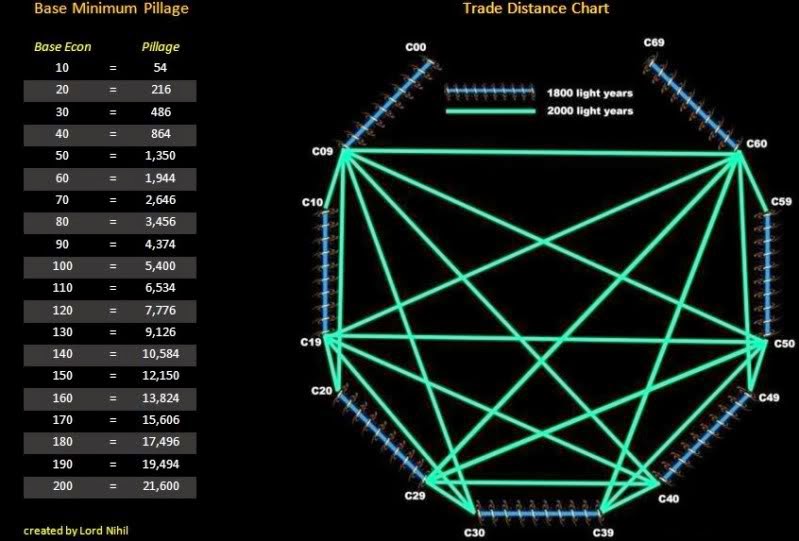

When used to approximate the Earth and calculate the distance on the Earth surface, it has an accuracy on the order of 10 meters over thousands of kilometers, which is more precise than the haversine formula. Lambert's formula (the formula used by the calculators above) is the method used to calculate the shortest distance along the surface of an ellipsoid. Because of this, Lambert's formula (an ellipsoidal-surface formula), more precisely approximates the surface of the Earth than the haversine formula (a spherical-surface formula) can. Results using the haversine formula may have an error of up to 0.5% because the Earth is not a perfect sphere, but an ellipsoid with a radius of 6,378 km (3,963 mi) at the equator and a radius of 6,357 km (3,950 mi) at a pole. The great-circle distance is the shortest distance between two points along the surface of a sphere. It is formed by the intersection of a plane and the sphere through the center point of the sphere.

A great circle (also orthodrome) of a sphere is the largest circle that can be drawn on any given sphere. The haversine formula works by finding the great-circle distance between points of latitude and longitude on a sphere, which can be used to approximate distance on the Earth (since it is mostly spherical). In the haversine formula, d is the distance between two points along a great circle, r is the radius of the sphere, ϕ 1 and ϕ 2 are the latitudes of the two points, and λ 1 and λ 2 are the longitudes of the two points, all in radians. The haversine formula can be used to find the distance between two points on a sphere given their latitude and longitude: There are a number of ways to find the distance between two points along the Earth's surface. Given the two points (1, 3, 7) and (2, 4, 8), the distance between the points can be found as follows: d =ĭistance between two points on Earth's surface Like the 2D version of the formula, it does not matter which of two points is designated (x 1, y 1, z 1) or (x 2, y 2, z 2), as long as the corresponding points are used in the formula. Where (x 1, y 1, z 1) and (x 2, y 2, z 2) are the 3D coordinates of the two points involved. The distance between two points on a 3D coordinate plane can be found using the following distance formulaĭ = √ (x 2 - x 1) 2 + (y 2 - y 1) 2 + (z 2 - z 1) 2 For example, given the two points (1, 5) and (3, 2), either 3 or 1 could be designated as x 1 or x 2 as long as the corresponding y-values are used: The order of the points does not matter for the formula as long as the points chosen are consistent. Where (x 1, y 1) and (x 2, y 2) are the coordinates of the two points involved. The distance between two points on a 2D coordinate plane can be found using the following distance formula


 0 kommentar(er)
0 kommentar(er)
